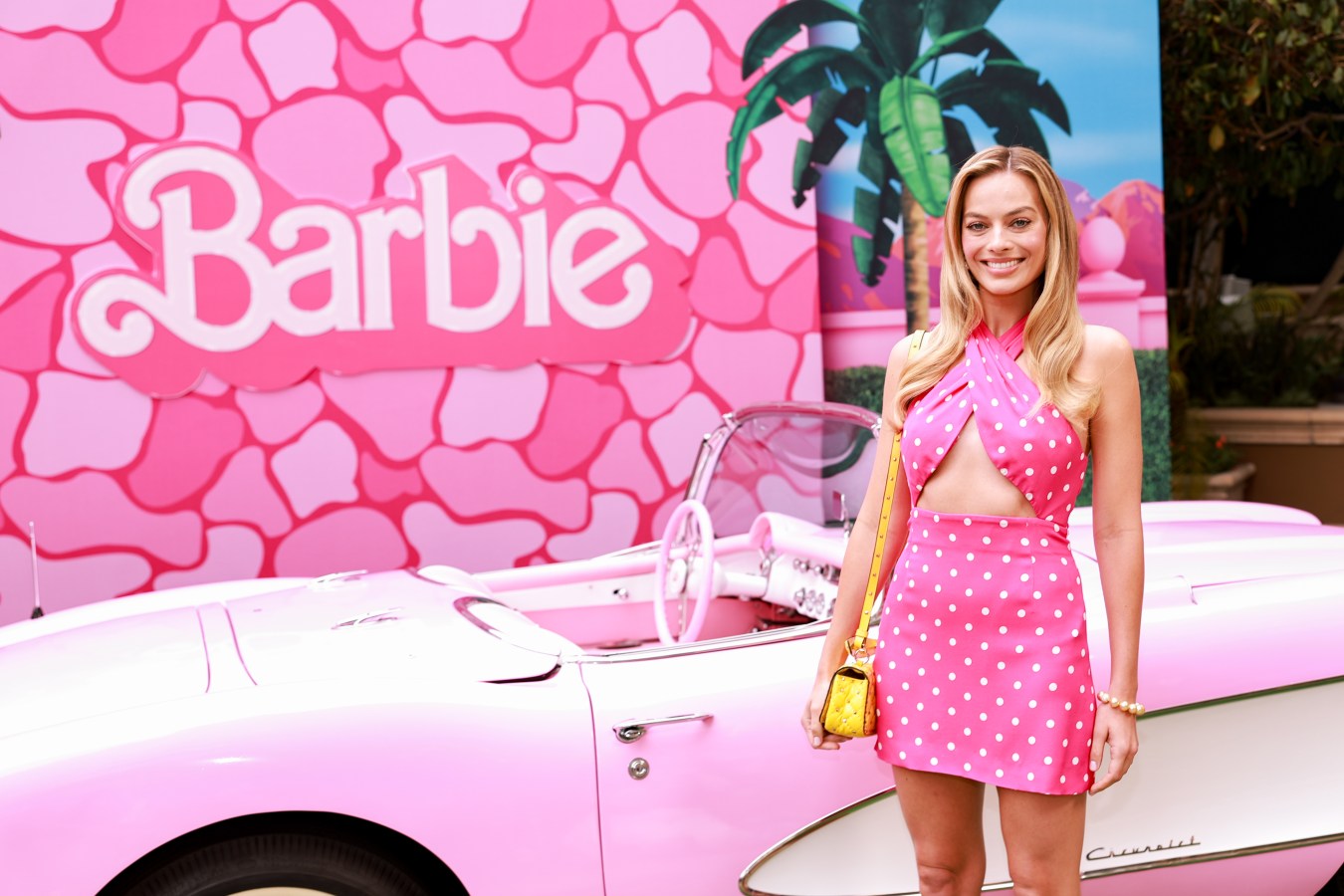She’s here, she’s there, she’s every pinkin’-where. With Margot Robbie’s summer blockbuster arriving in theatres and ubiquitous merchandise collaborations, the world’s favourite doll is about to launch the Mattel cinematic universe.
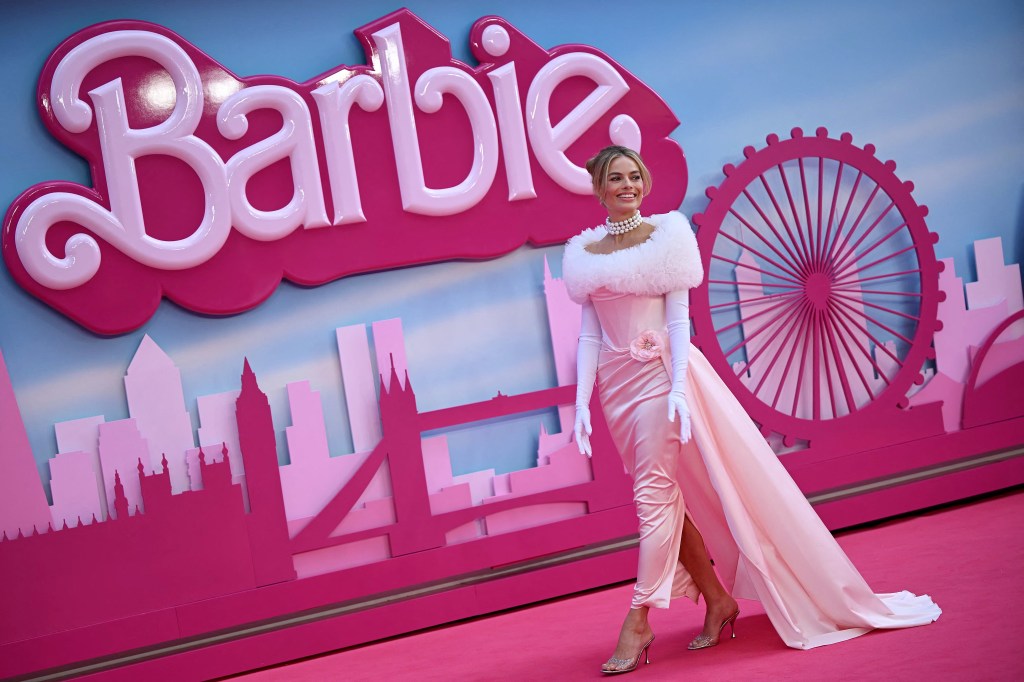
Last June, photographs of beach blonde Margot Robbie and bleach blonde Ryan Gosling, stars of the upcoming Barbie movie, went viral after they were spotted filming a scene dressed as the world’s favourite doll and her feckless boyfriend Ken, decked out in matching ‘90s neon workout gear and bright yellow roller skates.
A year later, with the arrival of the Barbie movie on July 21, superfans can now buy the exact gear they’ve been obsessing over. The $190 Barbie x Impala Rollerskates, are among more than 100 collaborations and branded partnerships parent company Mattel has signed to capitalize on the excitement for the Greta Gerwig-directed film, one of the tentpole movies of the summer.
Barbie is at “the beginning of yet another chapter for the evolution of the brand, which is now recognized as an idea,” Mattel President and COO Richard Dickson tells Forbes, while wearing a Barbie t-shirt. “Barbie has transcended from a doll into a franchise. The ability for us to extend and market the brand is far bigger than any one product itself.”
So if it seems that the world is turning pink lately—very, very pink—that is by design. There is everything from Barbie-branded Crocs, to hot pink luggage from BEIS and Barbie x Moon electric toothbrushes. Fans can shower with Barbie x Truly soap sets put on Barbie x OPI nail polish, slip into on Barbie bras from MeUndies and get dressed in Barbie x Gap clothing. They can listen to the film’s original soundtrack, which features new hits from Dua Lipa and Nicki Minaj–whose fans have famously been dubbed “Barbz.” They can even spend the night at Airbnb’s real-life Malibu DreamHouse. (John Legend and Chrissy Teigen already took their family.)
Oh, and there are frozen treats from—of course—Pinkberry

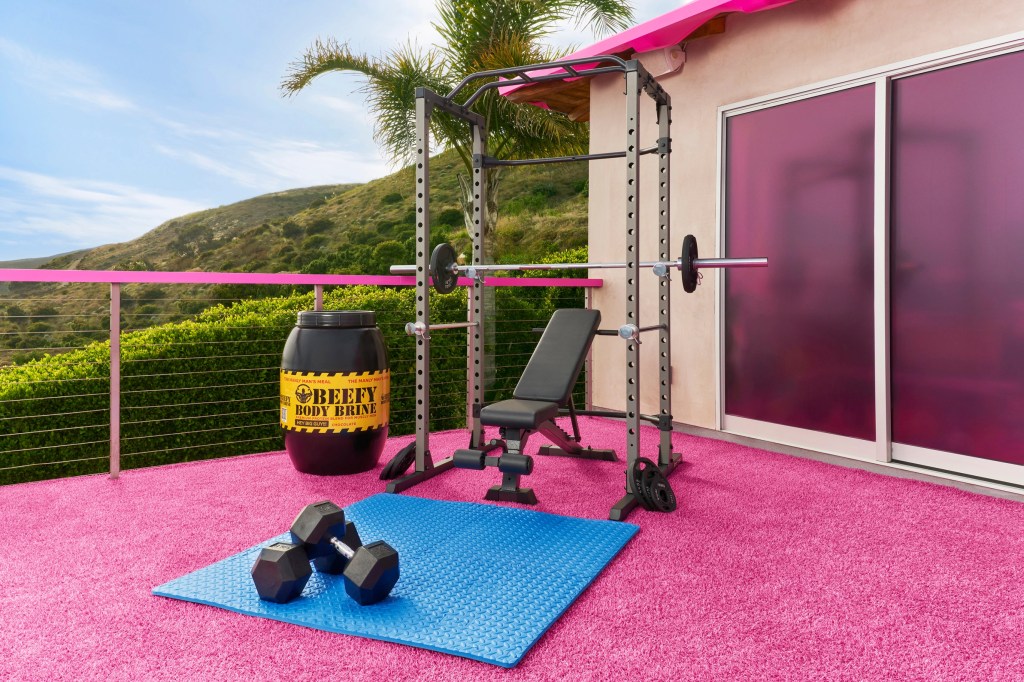
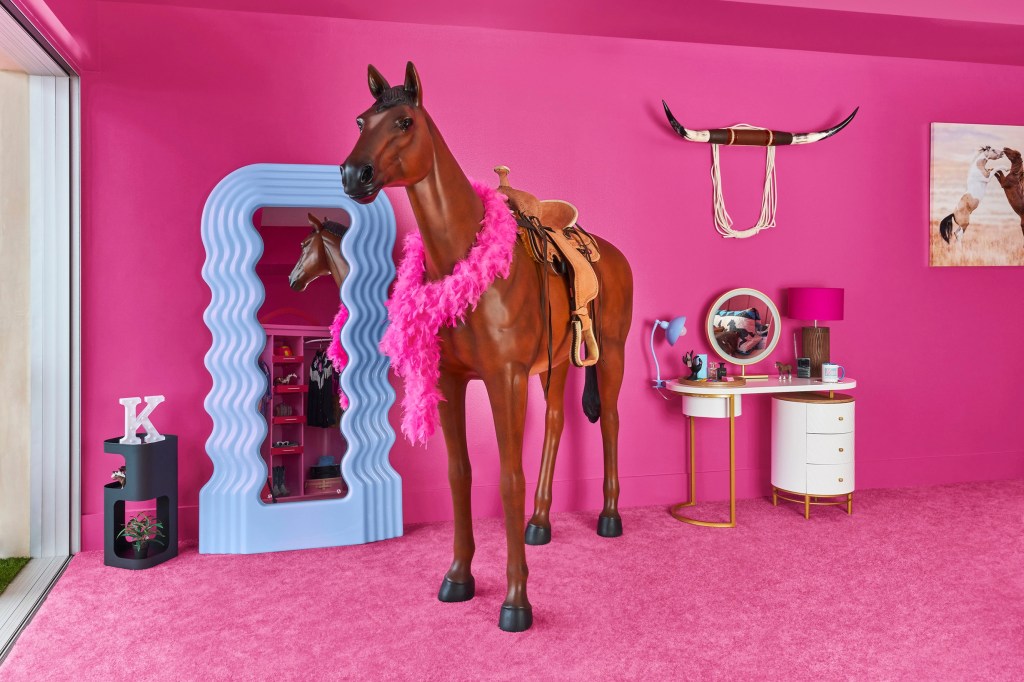
The movie, which also stars Kate McKinnon, Issa Rae, and Hari Nef as Barbies, Simu Liu, John Cena, and Kingsley Ben-Adair as additional Kens, and Will Ferrell, as a meta Mattel CEO, is expected to make between $80 million and $100 million in its opening weekend. And AMC theaters announced that some 20,000 moviegoers have already purchased tickets for a cosmically curious opening day double feature of Barbie and Oppenheimer, Christopher Nolan’s drama about the invention of the atomic bomb.
For a doll approaching retirement age—Barbie will turn 65 next year—she’s showing no signs of slowing down, despite a lengthy career as a fashion model, nurse, ballerina, Army medic, astronaut, paleontologist, dentist, florist, yoga teacher and President of the United States The dynamic dilettante did $1.7 billion in annual sales in 2021, a record high. That same year, Barbie was named the No. 1 toy in the world.
And that was before this summer’s Barbiemania.
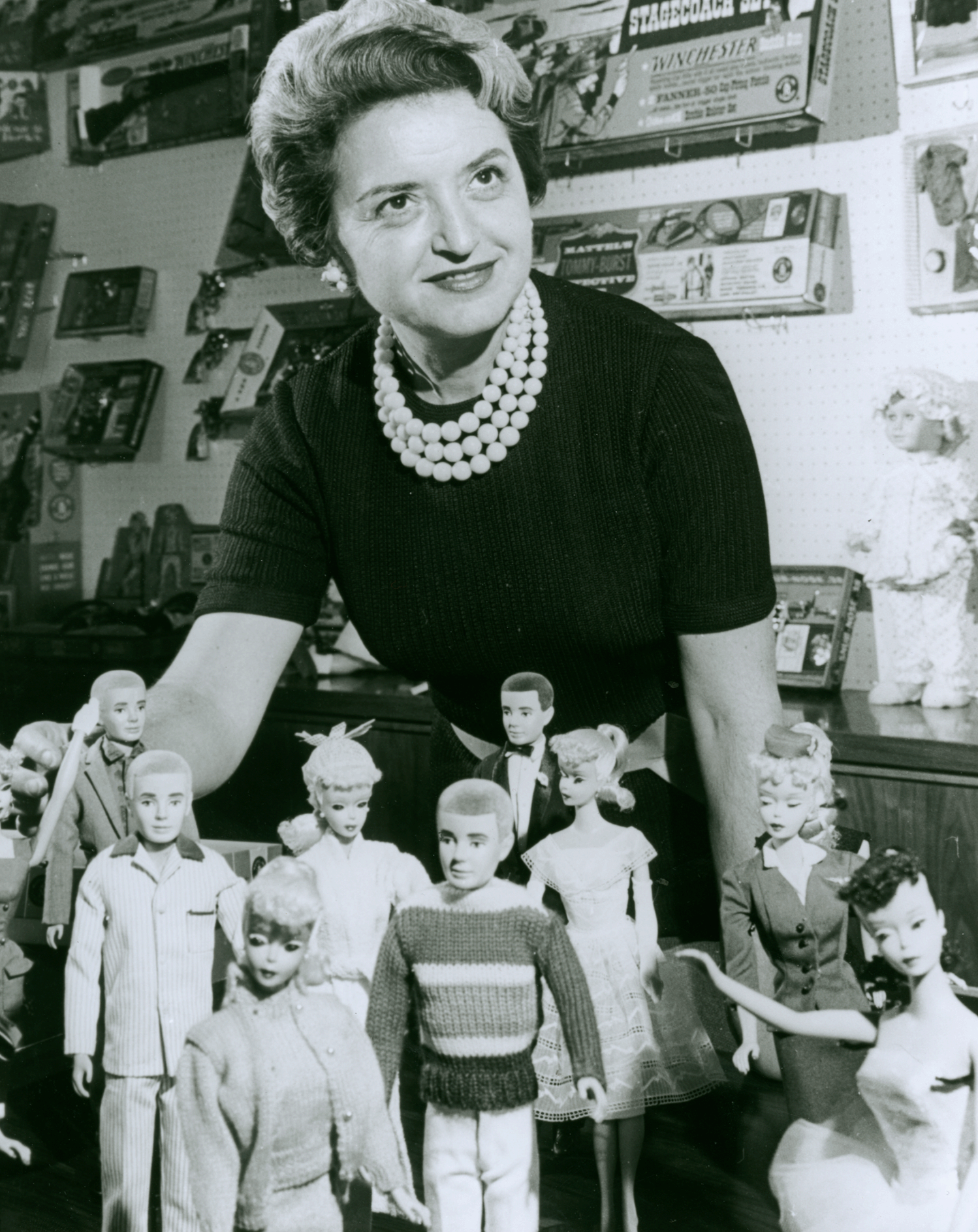
Family Affair: Ruth Handler named famous creations after her daughter, Barbara, and son, Kenneth.
MATTEL, INC.
Mattel was started in 1945 by Ruth Handler, her husband, Elliot, and Matt Matson. (The brand’s moniker was a portmanteau of the men’s first names.) While Elliot handled the design, Ruth was all business. “She was the chutzpah, she was the driving force behind the company,” Tanya Lee Stone, author of The Good, the Bad, and the Barbie tells Forbes. “She was the reason they went from working out of their garage to being able to rent space.”
As president of the company, Ruth was “the embodiment of her doll,” that “women can be anything,” adds Robin Gerber, author of Barbie and Ruth: The Story of the World’s Most Famous Doll and the Woman Who Created Her. “This woman was an entrepreneur, corporate leader, in an industry where there were no women at that level, at a time when women weren’t supposed to do that.”
Related
Handler got the idea for Barbie when watching her daughter, Barbara, and her friends play with paper dolls, whose outfits and tabs were constantly tearing. Of particular fascination for Handler was that the girls weren’t pretending to be children or mothers with their creations, rather they pretended to be librarians and teachers. “It hit her that little girls just wanted to be big girls,” Gerber says. But adult dolls made for children to play with didn’t exist.

All In the Family: Ruth and Elliot Handler with Ken and Barbara in the 1950s. Right: Barbara Handler puts Barbie’s feet in cement in Los Angeles in 2012.
MATTEL, INC.; ROBERT MORA/GETTY IMAGES
The inspiration for Barbie’s design came to Handler on a family trip to Lucerne, Switzerland, when she and Barbara spotted a doll in a toy store. Her name was Bild Lilli, and she was modeled after a gold-digging cartoon character in a local newspaper. Handler purchased three and started designing a wardrobe for her own incarnation of the doll. “She immediately got it—that you make this doll, and then you can make separate clothes,” says Gerber.

Serious Plastic: A mint condition Barbie from 1959 sells for more than $27,000.
Mattel, Inc.
“The goal for Ruth was to make a teeny-tiny mannequin and make it very easy for girls to be able to pop off the head and change the clothes without getting frustrated,” Stone adds. That way, “girls can just imagine being anything they want to be.”
Barbie debuted in 1959 at the American Toy Fair in New York City, but it wasn’t until children saw her first TV commercial later that year that the toy really took off. Some 300,000 dolls were sold in the first year, for $3 each (or about $31 in today’s dollars). Today, an original Barbie doll in mint condition sells for upwards of $27,000 and the range of contemporary Barbies spans from about $10.99 for Fashionista Barbie to a one-off doll created by Australian jewelry designer Stefano Canturi, which sold for $302,500 in 2012 (or about $400,000 now).

Himbo: Ken was introduced in 1961. The most valuable are Dress Box Ken, released between 1963 and 1965.
Mattel, Inc.
Soon after Barbie’s arrival, the company was inundated with letters asking if she could have a boyfriend. In 1961, Ken—named after the Handlers’ son, Kenneth—debuted. (Kenneth Handler died at age 50 in 1994. Barbara Handler is now 82.)
“If you owned Mattel stock in the Sixties, you were getting double-digit returns every year,” Gerber says. But the next decade brought trouble for the Handlers. Ruth, who had been diagnosed with breast cancer, resigned in 1975—three years before she and several other former Mattel executives indicted by the Securities and Exchange Commission for making false financial statements. She eventually pleaded no contest.
After some lean years in the 1980s—during which Barbie found work as an aerobics instructor, cashier, travel agent and a veterinarian—another renaissance occurred. “It took 28 years to get Barbie to $430 million in sales and just three years to get her to $700 million,” John Amerman, Mattel’s chairman, told Forbes in 1991. The brand represented half of Mattel’s sales at the time.
In the 2000s, Barbie entered the digital era. Dickson oversaw the creation of Barbie Entertainment. Barbie’s first film, the animated feature Barbie In The Nutcracker, was released in 2001. Barbie.com, her first website, was also launched.
Dickson left Mattel in 2010 and rejoined in 2014 when it was facing one of its worst periods yet. Barbie had reached its lowest volume of sales in 25 years, with only $900 million. “One of the most shocking headlines when I first came back was [on] CNN—literally the headline was ‘Is Barbie Dead?,’” Dickson recalls. The beauty standard that Barbie represented for more than 50 years—thin, white, blonde—no longer resonated with consumers. “Her personification of perfection became out of date,” he says.
So Barbie needed a major image makeover. Mattel started with her skin tone and ethnicities. “The actual methodology behind doing it was not just introducing dolls with skin tones, but changing all the graphic identity of the brand,” says Dickson. Mattel’s packaging and commercial advertising was updated to reflect the new diverse range. And Barbie’s super unnatural body was reimagined for the 21st century—tall, petite and curvy versions of the doll were launched. But with Barbie being a different size, her clothes, her cars, her houses had to change too. “Everything had to be reshaped.”

Changing Face: Following flagging sales, Mattel gave Barbie a major makeover in 2016, adding more diverse dolls with a range of new professions.
MATTEL, INC.
The Barbie movie reflects the complicated relationship the audience has had with Handler’s 11.5-inch icon over the decades. “Greta Gerwig is an advocate for telling strong, female-led stories where women are celebrated,” says Dickson. “The Barbie brand is no exception, and shows Barbie is a very strong female protagonist in control of her own story. That wouldn’t have been served up or possible if we hadn’t done the incredible work prior.”
Or, as one of the film’s trailers proudly touts: “If you love Barbie…if you hate Barbie, this movie is for you.”
As Margot Robbie told CEO Ynon Kreiz during production: “If we don’t acknowledge certain things—if we don’t say it, someone else is going to say it.” Adds Dickson: “We were ready to feel comfortably uncomfortable.”
Deciding to make a Barbie movie wasn’t simply a brand extension, it’s a longterm business strategy that will be played out again and again with the rest of Mattel’s portfolio, which includes some 400 toy brands.

And it’s not an entirely original playbook. Hasbro released a G.I. Joe movie in 2009. The first film, G.I. Joe: The Rise Of The Cobra, starring Channing Tatum, grossed $300 million worldwide. The sequel, which added Dwayne “The Rock” Johnson and Bruce Willis to the cast, did even better with $375 million.
So if Mattel aims to create the next Marvel Cinematic Universe, Barbie is its Iron Man. “We’ve got over 13 film projects in development. We have over 30 television shows in production,” Dickson says. The slate includes a Daniel Kaluuya-produced film for adults about Barney the purple dinosaur, a Hot Wheels movie produced by J.J. Abrams, and a Vin Diesel-led live-action take on Rock ‘Em Sock ‘Em Robots.”
The release of Barbie also comes at a time when Mattel’s balance sheet could use a boost. The company ended Q1 in April with $814.6 million in net sales, down 22% year-over-year. Barbie did $177 million in gross sales worldwide, down 44% from a year ago, but representing nearly 58% of Mattel’s gross sales for dolls overall. “We couldn’t be more confident and excited about the brand’s future,” Dickson said on a recent earnings call.
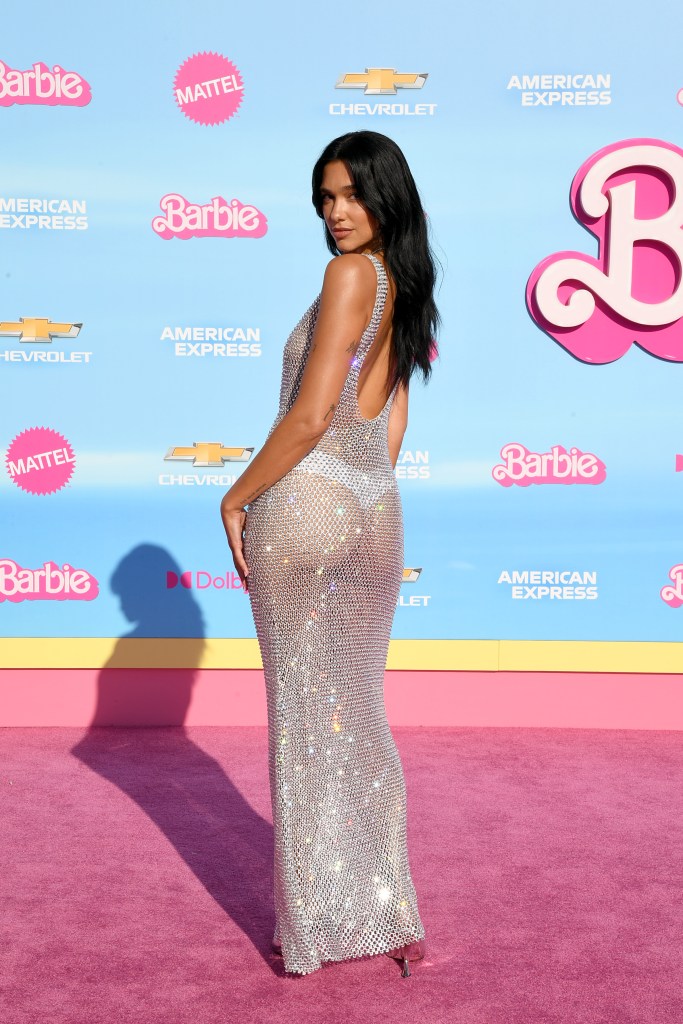
His positivity about the brand remains rosier than Barbie’s beloved pink. “We’re working with the best of the best in console gaming, in mobile gaming, in a variety of other digital experiences that put Barbie on the forefront,” Dickson says. Barbie is now on the blockchain and was the first toy brand to become an NFT. “We’re accepting crypto currency,” Dickson says. “Barbie is a canvas for artists and influencers and collaborations.”
And as she approaches 65 next year, Barbara Millicent Roberts’ heart is kept beating by the same spirit Ruth Handler instilled in her six decades ago.
“Barbie’s not just a toy,” Dickson says. “She’s a source for inspiration.”
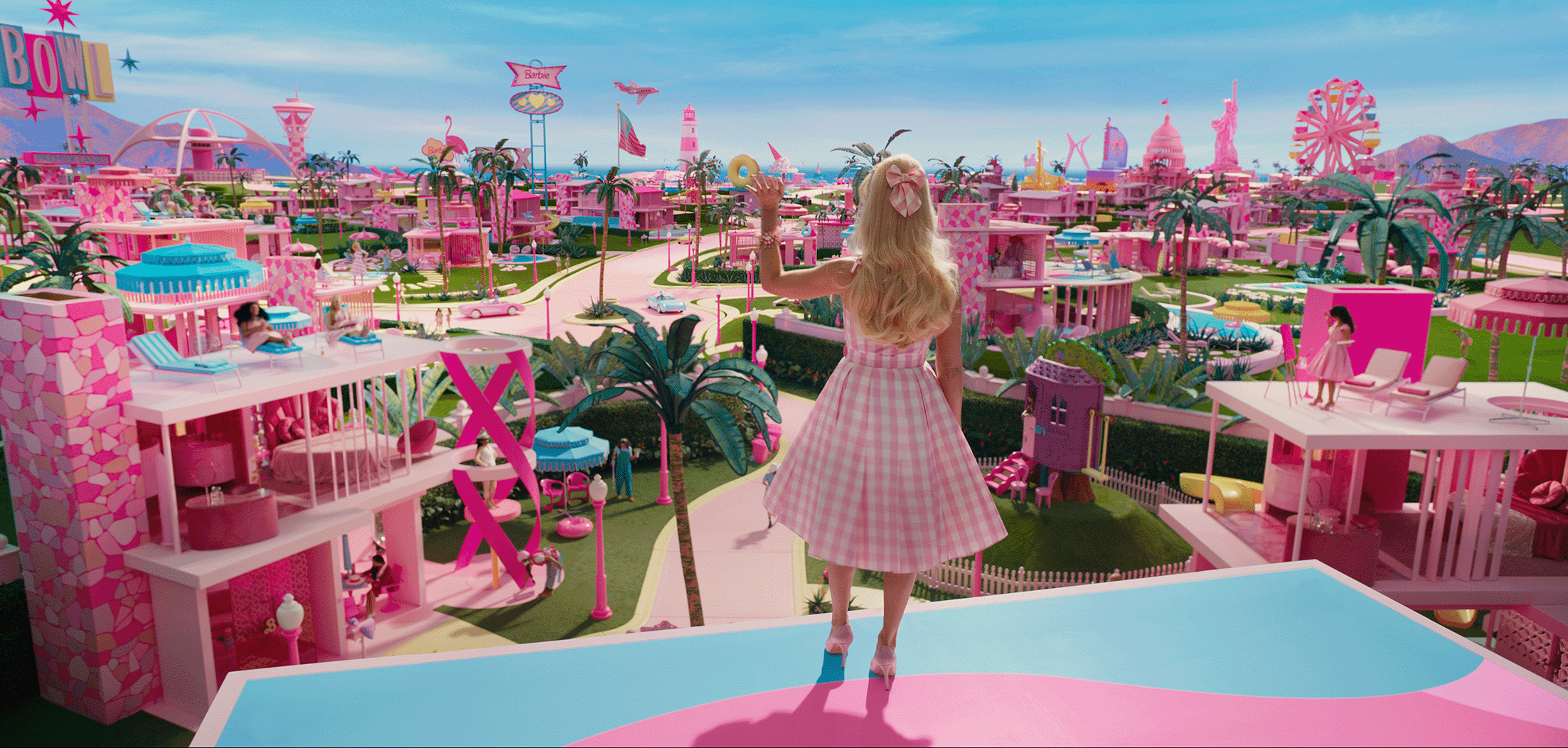
Thinking Pink: Margot Robbie in Barbie World—where life is plastic, it’s fantastic.
WARNER BROS.
This article was first published on forbes.com and all figures are in USD.
